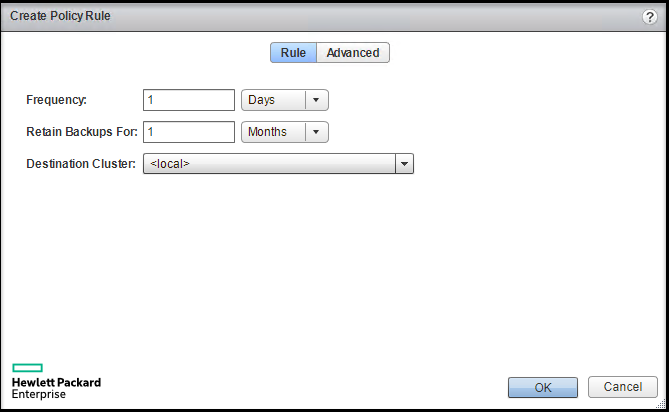

- #Data backup policy form and procedure template update
- #Data backup policy form and procedure template upgrade
#Data backup policy form and procedure template update
Update your disaster recovery plans according to the new realms Understanding the bottlenecks will help to fine-tune the plan and avoid serious failures in the future.įurther reading Disaster Recovery Testing for MSPsĦ. To cover all possible failure scenarios, develop a consistent disaster recovery plan that will satisfy your RTO and RPO goalsįurther reading Disaster Recovery Planning Checklist for MSPsĬonstantly test your disaster recovery strategy to expose its gaps. You could keep some versions on local storage to make use of the advantage of the fast data recovery.ĥ. Since keeping more snapshots and versions requires more storage space and capacity, it also requires more expenditure. Consider keeping some versions on local storage to cut the costs. These details could result in extended recovery time, so consider reviewing and fine-tuning your processes beforehand. You might not have hardware on hand or your team members might lack knowledge of the recovery process. Having data in place and a schedule of backups doesn’t necessarily mean that your recovery process will go smoothly. Along with retention policies, it’s a good idea to increase the number of snapshots of mission-critical data. Check if your backup vendor has a flexible feature setīackup parameters matter finding a reliable backup solution with multiple versions of your data and a retention plan going back at least 90 days is the best option.
#Data backup policy form and procedure template upgrade
For example, if your business RTO is 4 hours and your IT infrastructure is capable of a 2 hour restore time, you should either cut the RTO measurement or consider the infrastructural changes that will ease the budget pressure.įurther reading Disaster Recovery FAQ: Essential Definitions for IT Pros and MSPs Top Tips to Upgrade Your RTO and RPO in 2022ġ. Realistic RTO and RPO goals serve as a basis for a solid disaster recovery plan that guarantees business continuity.Īt the same time, to meet your IT budget you should avoid excessive investment in RTO and RPO assurance. Only then can an RTO be properly negotiated and met based on the needs of the business owners. Administrators must have a good understanding of the speeds with which different types of restores can take place for the different types of systems. Recovery time can depend on factors such as the time of day or day of the week when the disruptive event occurs. Since recovery time affects your entire operation, not just data, it is more complicated. In some ways, RPO is easier to implement because data usage is relatively consistent and there are fewer variables. That’s because RTO involves your entire business infrastructure, rather than just data. The costs associated with maintaining the desired RTO may be greater than those of a granular RPO.

It determines how often to back up data and does not reflect other IT needs. It’s a measure of how long your business can survive with IT infrastructure and services disrupted. RTO reflects your overall business needs. RTO and RPO are both business metrics that can help you calculate how often to perform data backups. The maximum tolerable amount of data loss that your organization can sustain.Here are the factors for determining your RPO: Why? Because each hour of downtime you actually lose data that would normally be inserted, modified, or deleted from your production database. If your backups are done once every two hours, you have to recover the data in two hours, rather than four. You have the RPO of four hours, hence you can afford to lose four hours' worth of data. Let’s imagine that your production database is down. The RPO has yet another layer of depth if we are considering live production datasets. But if your RPO is, say, four hours, you're not. If your RPO is 24 hours or more, you’re in good shape. In this case, you will lose 8 hours of data. Most businesses back up their data at fixed intervals - once an hour, once a day, or perhaps just as rarely as once a week.įor example, if you back up your data once a day at midnight and there is a disaster at 8 AM.

RPO is useful for determining how often to perform data backups.ĭetermining the RPO is important because you will lose at least some data during a disaster, even if your backups are near instant. It also helps you measure how long it can take between the last data backup and a disaster without seriously damaging your business. RPO, or Recovery Point Objective, is a measure of the maximum tolerable amount of data that the business can afford to lose during a disaster.


 0 kommentar(er)
0 kommentar(er)
